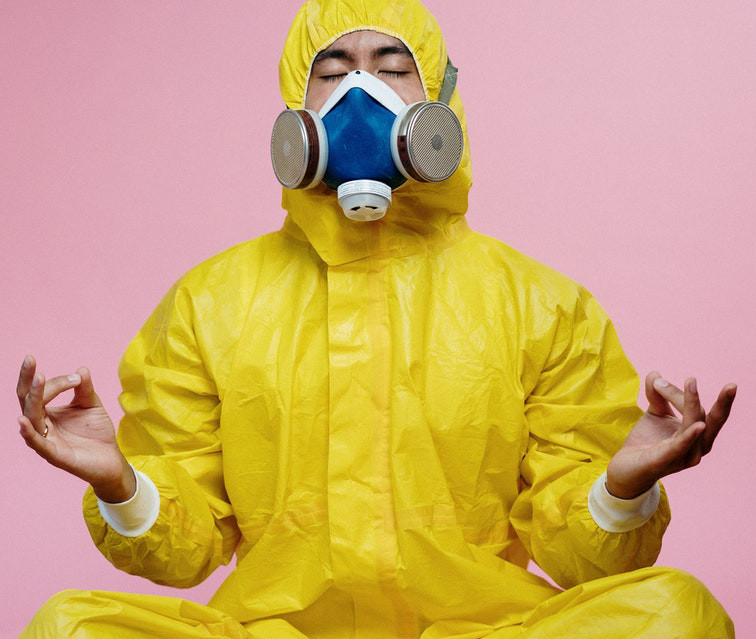By Matt Ellis
The coronavirus pandemic has forced managers of office buildings and other commercial properties to reconsider the term “safe workplace.” Because COVID-19 spreads through airborne droplets, it’s important to consider the best way to clean the air and the surfaces people touch.
Victor DeCicco, senior property manager for the Connecticut-based HB Nitkin Group, has started installing bi-polar ionization systems in some of the company’s commercial properties. “We want tenants to be comfortable in the buildings they work in on a daily basis,” and his company wants to be certain it is meeting the standards tenants are now expecting, he said.
HVAC systems in large buildings typically filter air before it is distributed throughout the space. The highest level of filtration is a HEPA (high efficiency particulate air) filter, which can remove 99.9% of the coronavirus from the building, but experts say HEPA is not easily adapted to large buildings because its filters are dense and require large amounts of energy and specific equipment.
According to Toby Giangrande, commercial construction sales manager for Encon Heating and Air Conditioning, many property managers have been installing higher rated MERV filters to capture airborne pathogens like coronavirus.
“Generally, you should be able to take most commercial establishments to a MERV 13 filter, which catches 50 percent of small particles,” Giangrande said. But property managers need to be vigilant about replacing the air filters before they are clogged, “otherwise you have problems with your system.”
Giangrande also noted that many commercial building managers are installing ultraviolet (UV) lights in their air-handling systems to prevent coronavirus from circulating through the air. “This may not be the best solution for all buildings,” he said, because the lights increase energy usage and the bulbs are expensive and have to be replaced annually.
“More property managers are now asking us about bi-polar ionization,” Giangrande said, noting the cost is relatively inexpensive and “you don’t need to upgrade your system.” Ten years ago, he said, customers sought ionization mainly as a way to purify the air in a building that was located near a major highway or industrial site, but coronavirus has changed that.
Bi-polar ionization technology purifies the air by eliminating airborne particulates, odors, and pathogens. The process takes oxygen molecules from the air and converts them into charged atoms that then cluster around microparticles, making them large enough to be captured in a filter, or heavy enough to fall to a surface where they can be inactivated by disinfecting.
“The ions produce a chemical reaction on the cell membrane surface that inactivates the virus,” Philip Tierno, a clinical professor of microbiology and pathology at the NYU School of Medicine, told Business Insider Magazine. “It can reduce 99.9% of microbes in a matter of minutes.”
The process can also help reduce a facility’s carbon footprint by reducing outdoor air intake by as much as 30%.
DeCicco, who studied architecture before moving into property management for the HB Nitkin Group, is in the process of installing bi-polar ionization units at buildings in Stamford and Greenwich. He said beyond the air quality benefits, the units can help extend the life of an HVAC system’s filters and the time between coil cleanings as well.
“It makes sense to do it now when tenants have a concern about coming back to the office during a pandemic and afterwards,” he said. “The system will also hopefully help us lease space in the future as we’ll have a higher quality air purification system in place to assist in keeping people safe.”

